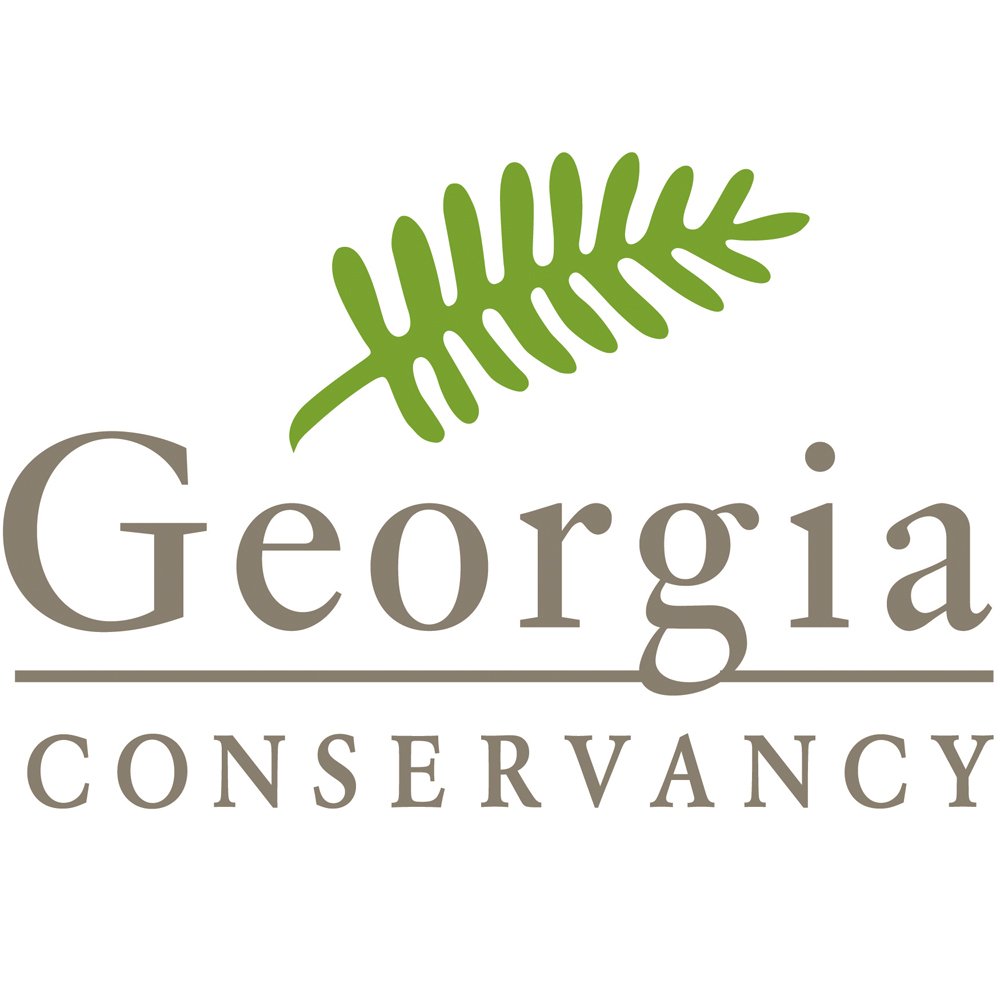Why Conservationists Should Care About Housing
Growing with care is the key to thriving communities
When we think of land and water conservation, housing might not be the first thing that comes to mind. But it should be. Because how—and where—we house people is one of the most important environmental decisions we make.
In cities and towns across the country, the lack of affordable housing near job centers and public transit is forcing people to move farther out. Families are pushed to the fringes of metro regions, where land is cheaper—but also where forests are cleared, farmland is paved, and fragile ecosystems are lost to new subdivisions. This isn’t just a housing problem—it’s a direct threat to conservation.
Sprawl is the silent killer of conservation. It fragments wildlife corridors, increases runoff into rivers and wetlands, and places more cars on the road—worsening air pollution and carbon emissions. We can’t achieve bold goals like protecting 30% of America’s land and waters if we’re simultaneously allowing unchecked sprawl to eat away at working lands and natural areas.
That’s where housing studies that focus on affordability come in.
These studies provide the data that cities and counties need to grow smarter. They identify where affordable housing is needed, what types of housing stock are missing, and how to better connect people to transit, jobs, and green spaces. With good data, communities can adopt zoning reforms and development strategies that favor density over sprawl, infill over greenfield development, and equity alongside sustainability.
Let’s be clear: building affordable housing doesn’t mean sacrificing green space. It means saving it. When we build more housing in already-developed areas, through accessory dwelling units, duplexes, or mixed-use developments—we reduce the pressure to build on farms, forests, and floodplains.
Conservation and housing advocates share more common ground than we often realize. Both are fighting for the long-term well-being of communities. Both want cleaner air and water, less traffic and pollution, and neighborhoods where families can thrive. And both depend on smart, forward-thinking public policy to achieve their goals.
Supporting affordable housing studies is one of the most powerful ways to ensure that the future of our communities is both livable and sustainable. It’s not just a housing issue—it’s a conservation strategy.
At Georgia Conservancy, we have completed a dozen housing studies across the state, from the county level down to a neighborhood scale.
Recently, we completed a study for the City of Decatur that will help the metro Atlanta community create strategies specifically geared towards saving their remaining naturally occurring affordable housing (NOAH).
NOAH units tend to be at the lower end of the market because they are in older structures or offer smaller unit sizes and fewer amenities. These units and structures are under serious threat of redevelopment, as they are often prime targets for purchase, demolition, and the construction of newer, more expensive residences that may also result in fewer units overall.
And this summer, Georgia Conservancy is partnering with the City of Cornelia to conduct a citywide housing needs assessment. This assessment aims to understand various aspects of housing needs in Cornelia, including the quantity, type, location, and price point of existing housing, as well as what individuals who live and work in Cornelia can reasonably afford. The outcome of this study will be a report of findings to the city, which aims to support housing options and outcomes for all Cornelia residents.
If we want to protect what we love—our rivers, our forests, our farmlands—we need to care just as deeply about where people live. Getting housing right means getting conservation right, too.



